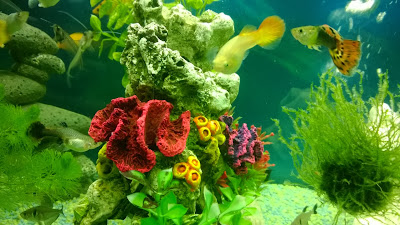Context:
Over the past week, I have been working towards a different context. The idea of an installation for Alzheimer's patients didn't inspire me enough, and I found it difficult to imagine it in context. In my tutorial last week (24/10/13) with Mark Beecroft, we discussed the idea of designing material for smaller, more everyday items for around the household. For example, coasters, tea towels, mugs, blankets as well as canvas wall art. I have also been reading a book "Designing for Alzheimer's Disease" in which it gives advice on pattern design in domestic environments for Alzheimer's sufferers, including research in to how they generally reaction to types of patterns. I feel smaller settings for my prints would work best as both stimulating materials and a brand, because of the way (from what i have experienced and researched) household objects that catch the eye of the patient will produce a more relaxed, less forced reaction, rather than if you were to make them look at, or touch an installation, or interactive wall piece.
I am going to look in to using embroidery machines to re-create my digital drawings of the fish. I also want to use the laser cutter to provide layers and depth to my designs.
Practical:
With this in mind, I have been carrying on knitting to build a portfolio of samples to use digitally in prints:
Another idea of context I have, inspired by the market research I have carried out in to what 'toys' are available for patients, is to create 'feelers', knitted and material hand held objects which provide tactile stimulation. Something for the patient to hold and exercise their hands whilst sitting down, watching tv or having a conversation with a care giver or family member.
Mark introduced me to a project similar to what I have been doing myself, but on a much larger scale!:
The Hyperbolic Crochet Coral Reef Project:
I think this is a great piece of community work, and impressive! The use of colour is inspiring for me, as it is full of so many different colours, which go so well with each other as they're all bright, and weirdly, natural colours!
This week I also worked digitally, on Adobe Photoshop and Illustrator. I found it difficult to sit down and start this, so just began experimenting, creating motifs and scenes, using my visual research and knitting samples:
(above) I thought this motif worked really well as my samples have been both fluid, and heavily structured
(above) I really experimented trying to use my own digital drawings as well as my own photographs here, trying to create prints which abide by the research I have found. Designers are discouraged from using geometric designs as it can make the patients unnerved and confused. I want my designs to have depth, to catch the eye but also provide something to concentrate on.


















































